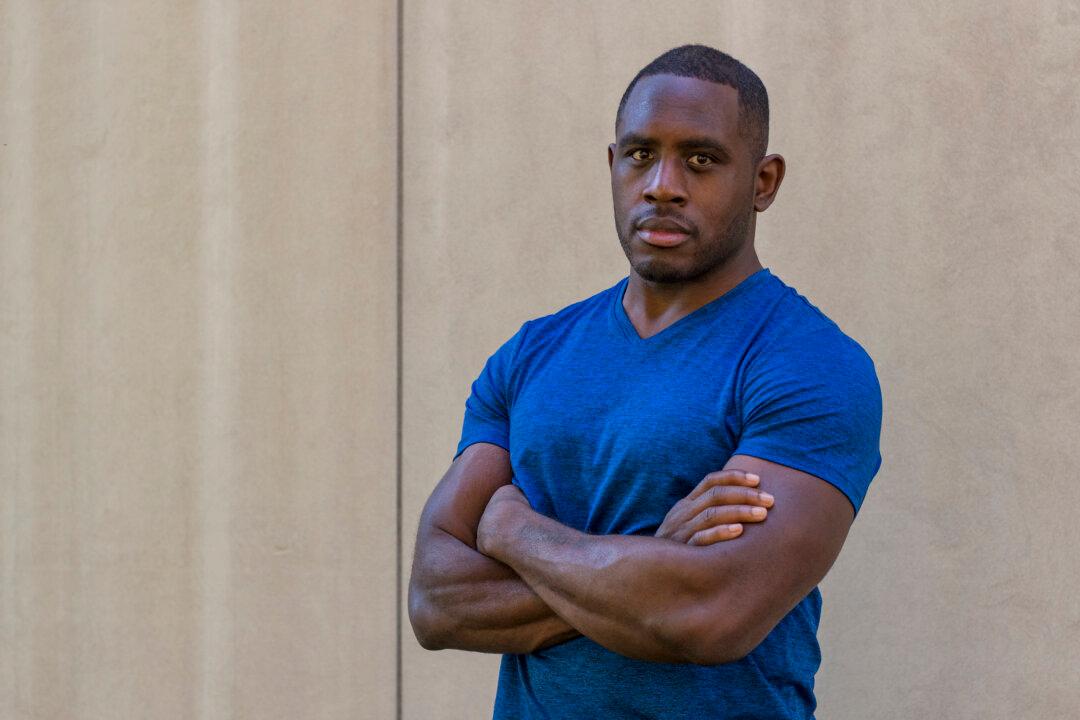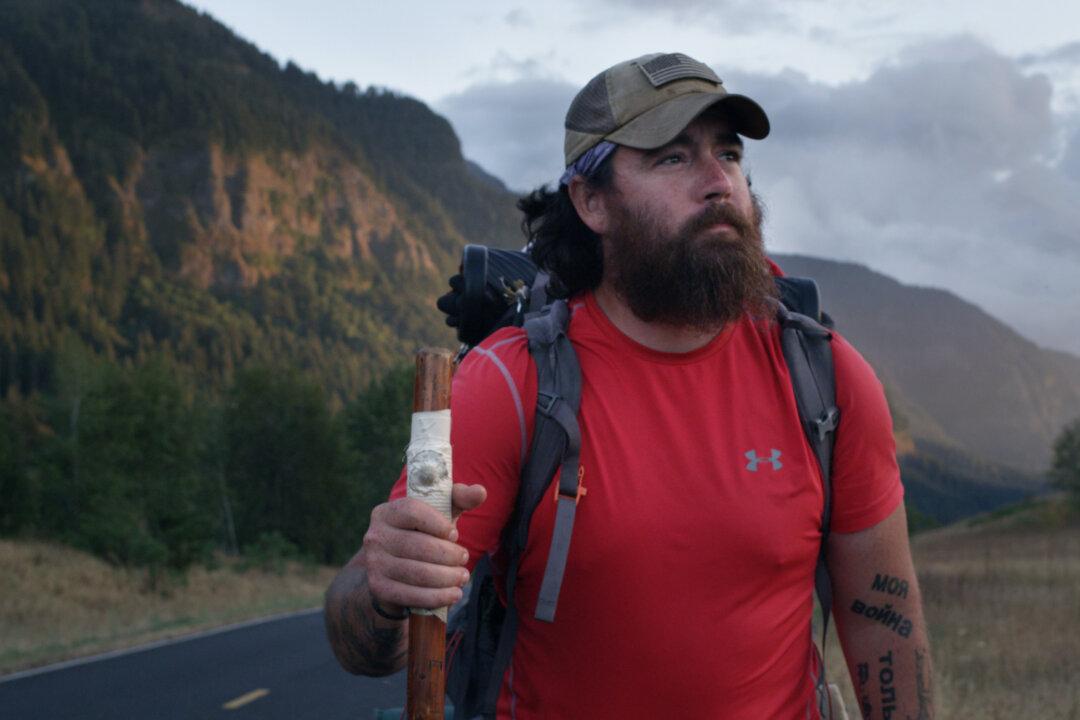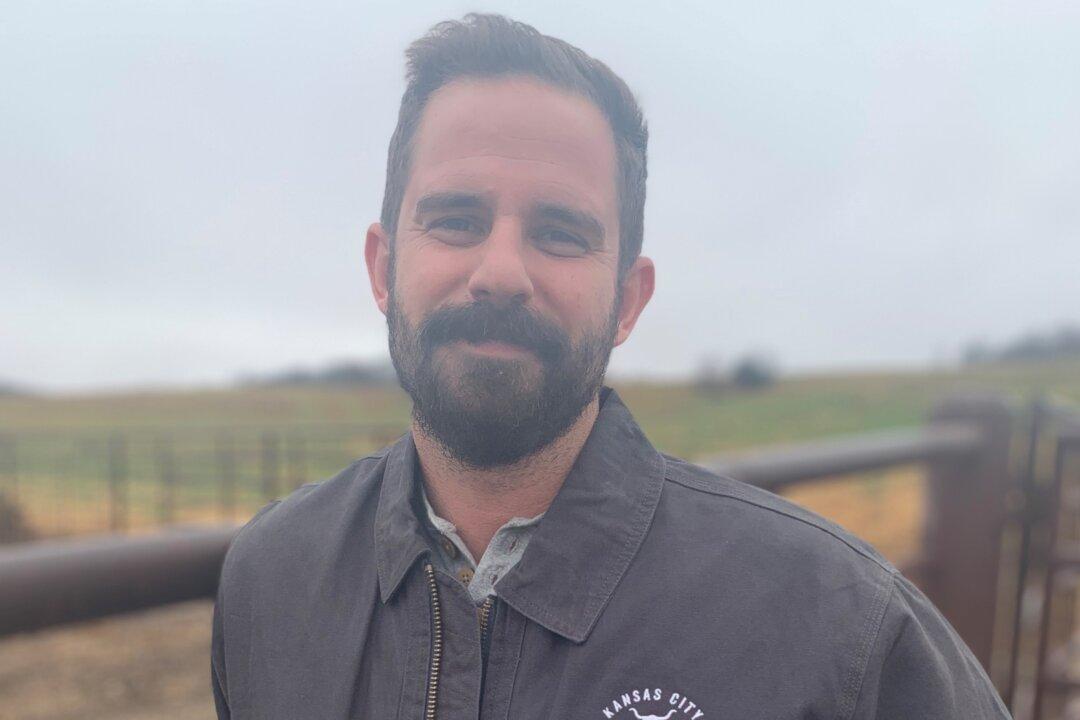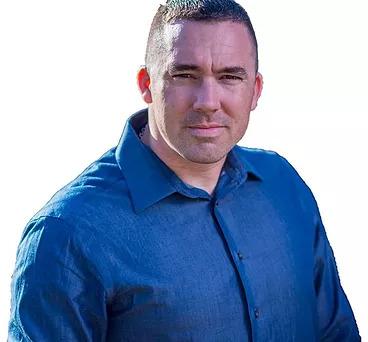When Bill Rasmussen began his career as a sportscaster for a local radio station in Massachusetts, little did he know he would one day found the world’s first 24-hour, seven days a week sports television network—ESPN.
In April 1963, Rasmussen started off covering football and basketball for a station in Amherst. In the years to come, he would also work at ABC and NBC affiliates in Springfield.






